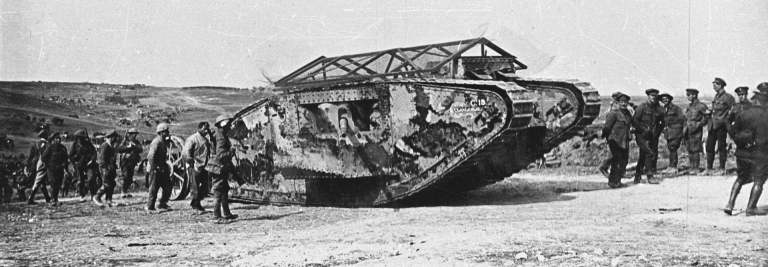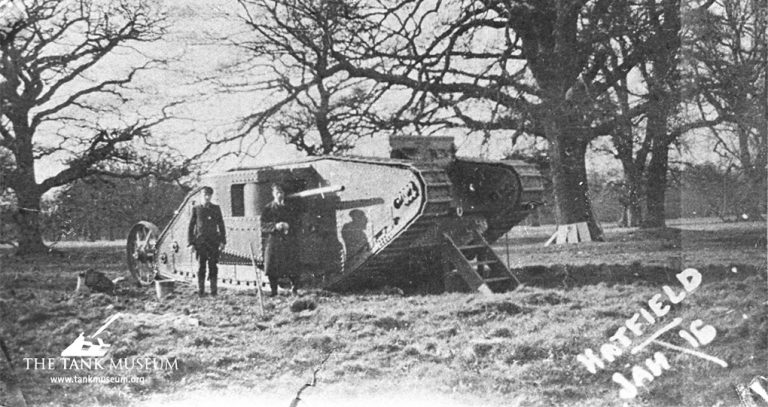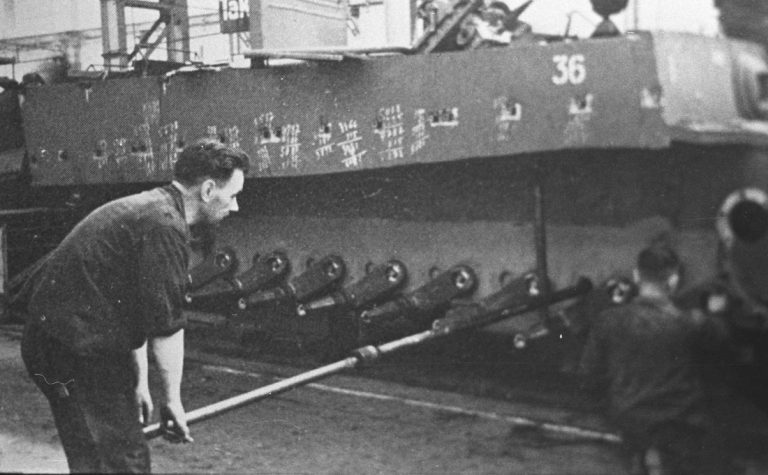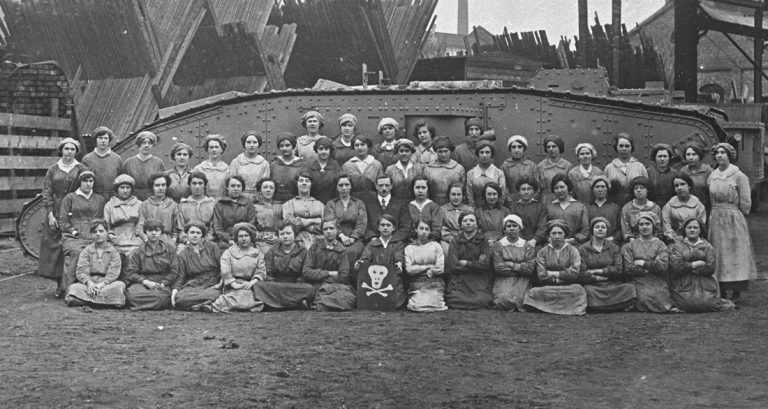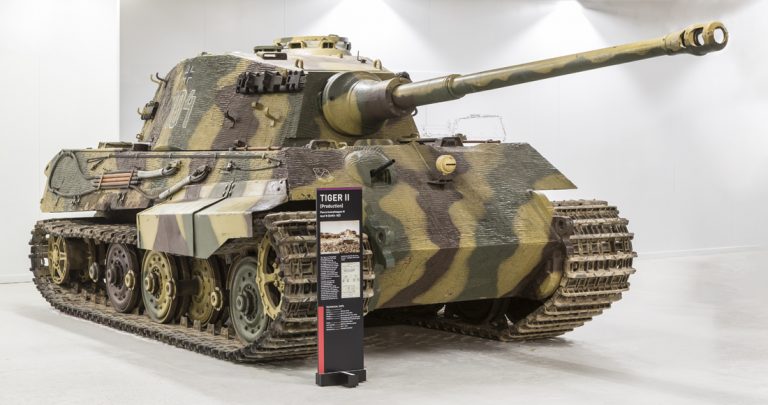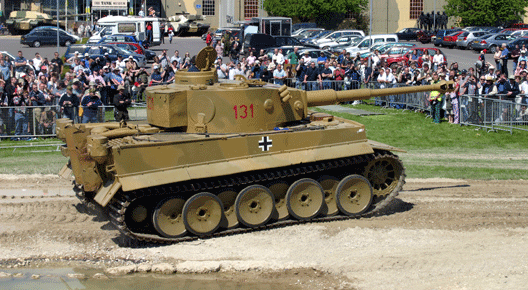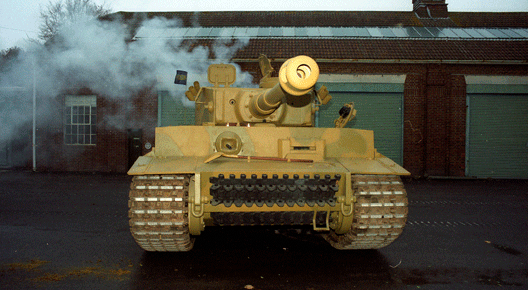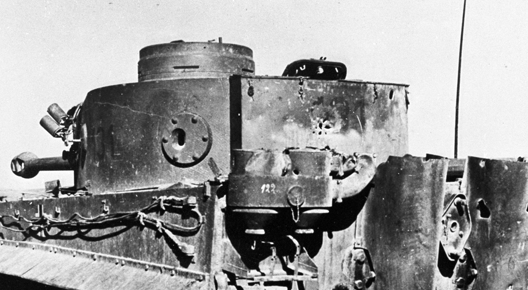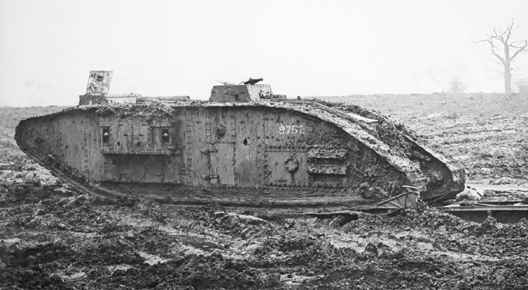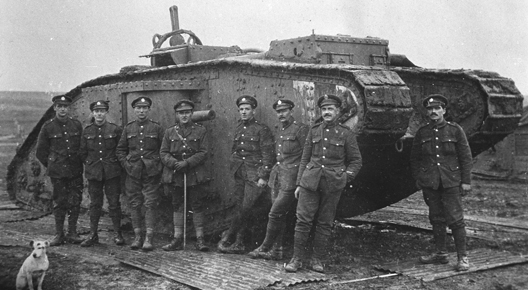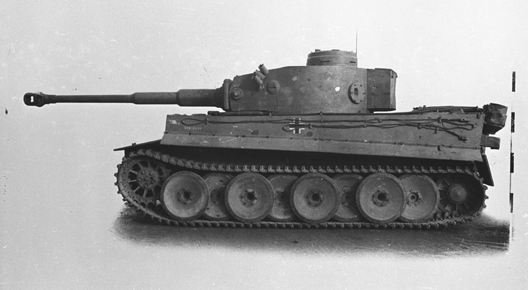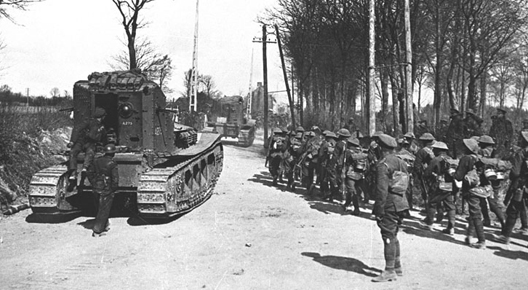The FV4005 has what is almost certainly the largest gun ever fitted to a tank….
Valentine: What’s in a name?
No other tank bears such an un-war like name as The Valentine. But despite its somewhat ironic nomenclature, the Valentine Infantry Tank was an inspired, if not risky development….
Tanks at Flers
The Battle of the Somme commenced with a vast British attack on 1 July 1916. On that first day of battle, the bloodiest in the history of the British Army, there were over 57,000 British casualties….
The First Tank Trials at Hatfield
Before the tank made its debut in France, the Mark I had to undergo trials and approval stages in Britain. These took place at Hatfield Park. …
Building the Tiger Tank
Tank construction has always been a labour intensive, expensive process. The need to increase manufacturing during the Second World War saw existing factories adapt for the job….
Building the Mark IV
While historians mainly concentrate on tanks in battle, building armoured vehicles is equally fascinating. Learn how the most produced tank of the First World War was made….
Zimmerit and why
You may notice that the exterior of the Jagdtiger and Production Tiger II have an unusual texture. This is Zimmerit – a protective layer to decrease the magnetic properties of the tank’s armour….
Tiger 131 Restoration: Part IX Restoration at The Tank Museum
Part IX. The story of Tiger 131’s restoration, the Tiger has its Tankfest and Tiger Day debut….
Tiger 131 Restoration: Part VIII The Final Stages?
Part VIII. The story of Tiger 131’s restoration, the Tiger ‘s restoration nears completion….
Tiger 131 Restoration: Part VII Battle Damage
Part VII. The story of Tiger 131’s restoration, the Tiger reveals its battle damage….
The Mark V*
The Mark V* tank was created for one purpose – its extra length….
Mark V
On the 18th January 1918 the first Mark V tank was driven out of the Metropolitan Carriage, Wagon and Finance Company factory in Birmingham. Just 10 weeks later in early April 8th Battalion Tank Corps began training with the new tank at Humieres. It was a significant step forward from their old Mark IVs….
The Renault FT – Development and Combat Debut
On the 31st May 1918 the Renault FT was used in action for the first time at Ploissy-Chazelle, southwest of Soissons….
When did British Intelligence learn about The Tiger?
Surprisingly, British intelligence did not know of the Tiger until months after its deployment, and years after Germany launched its requirement….
Tiger 131 Restoration: Part VI Oddities
Part VI. The quirks of the tank are revealed….
Action Debut of the Whippet Tank
On 26 March, 1918, the Medium A Whippet tank saw its first battle action, when it took a mass of German infantry by surprise….
Tiger 131 Restoration: Part V A Setback and a Repaint
Part V. The story of Tiger 131’s restoration, the engine blows and the Tiger is repainted after research reveals its original camouflage….
Tiger 131 Restoration: Part IV The Hull
Part IV. The final stages of work on the hull, including interior details and fitting the engine….
Tiger Wheels
One of the most distinctive features of the Tiger family is the interleaved and overlapping road wheels….
The Battle of Cambrai: The Fascine
One of the adaptations added during the Battle of Cambrai was the fascine, enabling tanks to cross deliberately widened trenches. …


